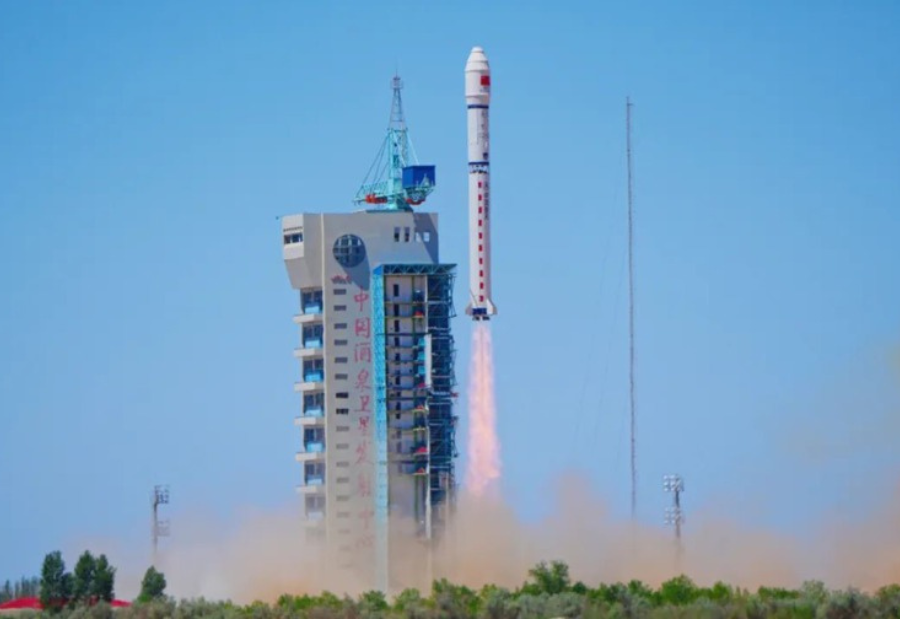China has begun crafting a digital brain in the stars. In a visionary leap, the country has launched the first 12 satellites that will one day form part of a massive network of 2,800 orbiting supercomputers. This ambitious project, driven by ADA Space in collaboration with Zhijiang Laboratory and Neijang High Tech Zone, is part of the “Star Compute” program under the celestial banner of the “Three Body Computing Constellation.”
These satellites are not just data collectors; they are thinkers in orbit. Each satellite carries an advanced AI model with eight billion parameters and can perform 744 trillion operations every second. As a cluster, the first dozen already reach an impressive processing power of five peta operations per second. That’s orders of magnitude beyond what even high-end AI systems on Earth handle. China aims to scale this to a mind-bending 1,000 POPS in the near future.
What truly sets this network apart is its independence. Instead of sending raw data back to Earth for analysis, the satellites process it in space. This drastically reduces delays and bypasses the limitations of ground station bandwidth. The satellites talk to one another using ultra-fast laser connections at speeds up to 100Gbps and collectively hold 30 terabytes of onboard storage.
They aren’t just computing for computing’s sake either. These cosmic processors carry scientific instruments like an X-ray polarization detector, capable of capturing rare cosmic flashes such as gamma-ray bursts. ADA Space also notes that the satellites can generate 3D digital twin data, unlocking applications in emergency services, tourism, and immersive gaming.
Experts highlight how this space-bound data center approach isn’t just smart — it’s sustainable. “Orbital data centres can use solar power and radiate their heat to space, reducing the energy needs and carbon footprint,” noted Jonathan McDowell, a Harvard astronomer and space historian.
With the stars as servers and space as their stage, China’s celestial supercomputer project could redefine the architecture of global computing — and inspire similar ventures across continents.
Also read: Viksit Workforce for a Viksit Bharat
Do Follow: The Mainstream formerly known as CIO News LinkedIn Account | The Mainstream formerly known as CIO News Facebook | The Mainstream formerly known as CIO News Youtube | The Mainstream formerly known as CIO News Twitter |The Mainstream formerly known as CIO News Whatsapp Channel | The Mainstream formerly known as CIO News Instagram
About us:
The Mainstream formerly known as CIO News is a premier platform dedicated to delivering latest news, updates, and insights from the tech industry. With its strong foundation of intellectual property and thought leadership, the platform is well-positioned to stay ahead of the curve and lead conversations about how technology shapes our world. From its early days as CIO News to its rebranding as The Mainstream on November 28, 2024, it has been expanding its global reach, targeting key markets in the Middle East & Africa, ASEAN, the USA, and the UK. The Mainstream is a vision to put technology at the center of every conversation, inspiring professionals and organizations to embrace the future of tech.




